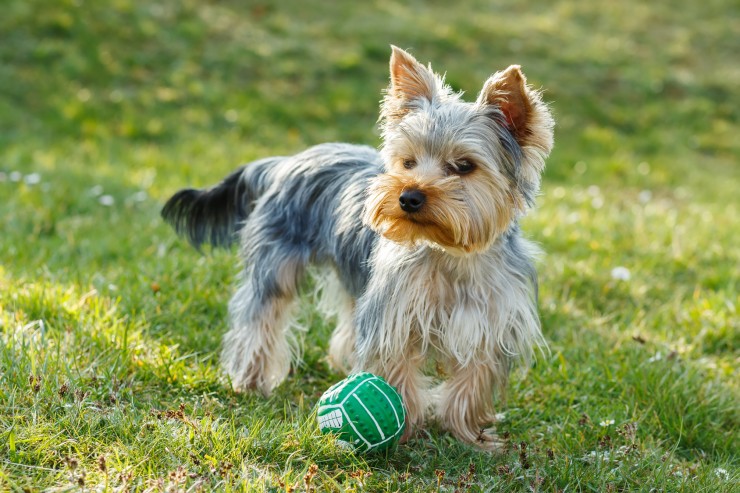
It is important to know how to use a dog training collar properly. Modern dog collars are more than just restraining devices. They are true training aids. There are buckle, leader, slip, prong, martingale and many other designs, including some with electronic devices attached.
Selecting the correct collar for the teaching task at hand can significantly accelerate the learning process. It is best used consistently and in conjunction with a system of rewards and positive reinforcement.
A collar should fulfill at least two basic requirements. First, and most important, it should stay on under all conditions, even if the dog tries to escape from it by backing-up. Second, it should allow the trainer to pull or tug on the leash so as to signal commands to the dog.
A slip collar is one of the simplest and uncomplicated of all designs, yet highly effective. Among this group are the choke chain and the show collar that is used on dogs in conformation competitions. A slip arrangement may be an integrated with a leash or be a separate unit that is hooked to an independent leash. When the trainer pulls on the leash, the slip tightens around the neck of the dog. Naturally, it is important not to pull or jerk too hard on the leash since this can seriously choke the dog.
Inexpensive buckle collars with a six or seven foot leash are fine to train basic obedience commands like sit, stay, down, heel and come. However, they are not the most effective solution if a dog is overly aggressive, large or generally difficult to handle.
For these more difficult dogs, a gentle leader or head design is likely to be a better option. A leader has two round bands, one fits over the muzzle and the other fits around the neck. The two bands join at a ring underneath the chin. If the dog seeks to pull away, the leash tightens and the head is automatically guided downward, forcing the dog to stop. A gentle leader combined with praise and food treats is an effective way to teach basic obedience and for the dog to walk by your side.
Martingales are designed for dogs that back-up and pull out of a collar. They are made from a nylon cord that runs under the chin from ear to ear and under the chin. That cord connects to another cord so that they two contract if the dog backs-up. A Martingale can be difficult to use on breeds with long hair since the connection rings tend to tangle in the neck fur and cause pain for the animal.
To conclude, prong designs may succeed where slips have failed. They are effective if a dog becomes overly agitated or pulls forward heavily on the leash, even with a slip collar. A prong design works on the same essential principle as a slip, but it also has a number of metal bars that grip the neck when tension is applied to the leash. Although they may appear intimidating, prong designs do not hurt the dog, if one knows how to use a dog training collar correctly.
 Enhance the Productivity of your Yield with Chicken Coops from Eggshell
Enhance the Productivity of your Yield with Chicken Coops
Enhance the Productivity of your Yield with Chicken Coops from Eggshell
Enhance the Productivity of your Yield with Chicken Coops
 All About The Canary
All About The Can
All About The Canary
All About The Can
 Small Dog Breeds For People Who Lead Active Lives
Small Dog Breeds
Small Dog Breeds For People Who Lead Active Lives
Small Dog Breeds
 Patellar Luxation In Dogs
Patellar Luxation
Patellar Luxation In Dogs
Patellar Luxation
 Help! My Dog Smells Terrible!
Help! My Dog Smel
Help! My Dog Smells Terrible!
Help! My Dog Smel
Copyright © 2005-2016 Pet Information All Rights Reserved
Contact us: www162date@outlook.com